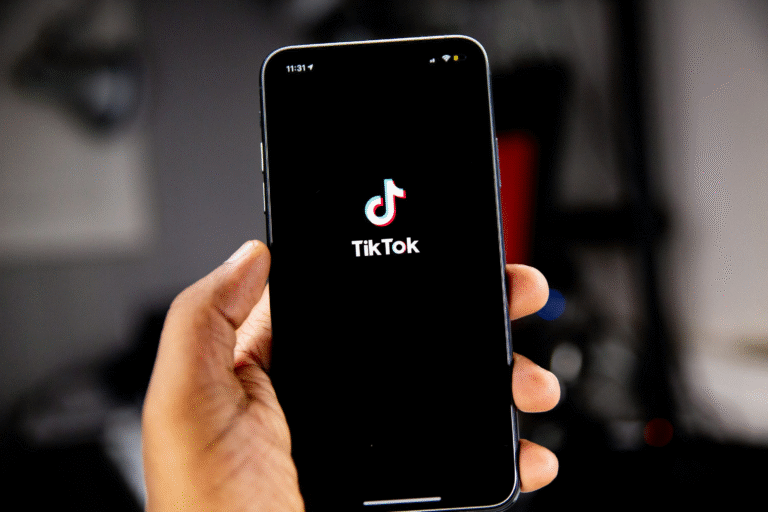Microsoft, one of the world’s biggest technology companies, is facing growing worries from investors even though its cloud business is performing exceptionally well. The reason behind this concern is the company’s heavy spending on artificial intelligence (AI) infrastructure. While Microsoft’s cloud services continue to grow at a fast pace, the cost of keeping up with this growth has become a major topic of discussion among investors and analysts.
In the first quarter of its financial year, Microsoft announced a record capital expenditure—meaning the total money spent on buildings, equipment, and technology—of nearly 35 billion dollars. This is the highest amount the company has ever spent in a single quarter. What caught the attention of many is that Microsoft also said its spending would continue to increase throughout the year. Earlier, the company had suggested that its expenses would begin to slow down, so this sudden change raised many eyebrows on Wall Street.
The news caused Microsoft’s shares to drop by almost 4% during extended trading. Many investors were surprised because they had expected the company to maintain a balance between investing in AI and keeping its profits steady. However, the new report made it clear that Microsoft is ready to spend big to stay ahead in the AI race, even if it worries some of its shareholders.
At the same time, Microsoft’s Azure cloud business showed very strong results. It grew by 40% in the first quarter, which was more than experts had expected. This kind of growth highlights how important cloud computing has become for companies across the world, especially as they increasingly use AI-powered tools to handle data, run apps, and manage their digital systems. Microsoft’s cloud services are used by thousands of organizations, from small businesses to huge corporations, to store and process information safely and efficiently.

However, the big question that many investors are asking is whether such heavy spending is sustainable. Building AI systems and expanding cloud capacity require advanced technology, expensive computer chips, and large data centers that use huge amounts of energy. These costs are not small, and they keep rising as demand for AI services grows. Microsoft is not the only company facing this issue. Other major technology giants, like Alphabet and Meta Platforms, have also said they will need to spend more to deal with similar challenges.
Both Alphabet and Meta have been working to improve their own AI infrastructure to keep up with the global demand for AI-driven products and services. They, too, have warned that their expenses will go up in the near future. This shows that the competition among the world’s biggest tech companies is becoming more intense. Every company wants to be the leader in AI, but being a leader comes with a very high cost.
For Microsoft, this spending is part of a larger plan. The company has been investing heavily in AI tools and partnerships, especially since it teamed up with OpenAI, the creator of ChatGPT. This partnership has helped Microsoft integrate AI features into its popular products like Microsoft 365, Bing, and Azure. These AI tools are designed to make work easier, improve creativity, and help companies run their operations more smoothly. But behind these exciting new features lies an enormous financial burden to build and maintain the systems that make them possible.
Some analysts believe that Microsoft’s strategy will pay off in the long run. They argue that the company’s focus on AI and cloud computing will help it stay ahead of its competitors and create new business opportunities. AI is still in its early stages, and the demand for intelligent software, automation, and cloud-based services is expected to keep growing over the next decade. If Microsoft continues to lead in this field, the high spending now could result in much higher profits later.
On the other hand, there are experts who think Microsoft might be spending too much, too fast. They worry that the company’s short-term profits could fall because of these massive investments. When investors see profits drop, even if temporarily, it can cause uncertainty in the stock market. That is why Microsoft’s share price dipped after the spending announcement. Investors are unsure whether the company will be able to maintain its balance between innovation and financial stability.
Microsoft’s Chief Financial Officer, Amy Hood, mentioned earlier that the company expected its capital spending to slow down. But the latest numbers show the opposite trend. Many analysts say that this change reflects how quickly the AI industry is evolving. Companies like Microsoft must constantly upgrade their data centers, buy powerful chips from suppliers like Nvidia, and expand their networks to handle the growing number of AI users around the world.
Even though this is expensive, it also shows how serious Microsoft is about its future in AI. CEO Satya Nadella has repeatedly said that AI is the next big wave of technology—just like the internet and smartphones once were. He believes that AI will change the way people work, communicate, and solve problems. Microsoft wants to be the company that leads this transformation. But to do that, it must spend now to build the foundation for what’s coming next.
Despite the concerns, Microsoft’s overall business remains strong. Its software products like Windows, Office, and Teams continue to perform well, and its gaming division, which includes Xbox and Activision Blizzard, has also been growing. However, it’s clear that the company sees AI and cloud computing as its most important future areas. That is why most of its money and attention are being directed there.
The coming months will be crucial for Microsoft. Investors will be watching closely to see if the company’s AI spending begins to show clear financial returns. If Azure continues to grow at the same rate and new AI features attract more customers, then the spending might look like a smart long-term investment. But if costs keep rising faster than profits, the pressure from investors will likely increase.
In the end, Microsoft’s challenge is about balance—how to keep growing fast in a competitive AI world while also keeping investors confident. The company has already proven its strength in adapting to big technological shifts before, and now it stands at another turning point. Whether its bold AI investments will lead to a brighter future or create new financial hurdles will depend on how effectively it manages both innovation and cost.












